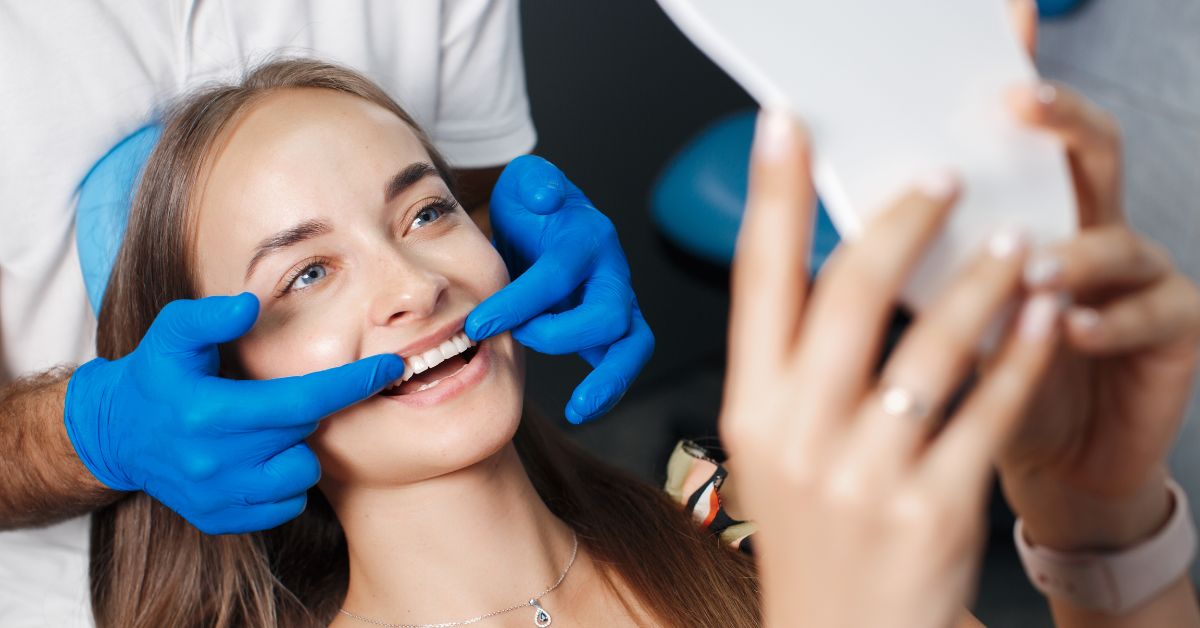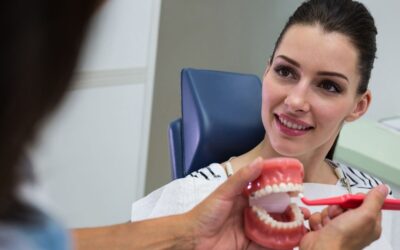Composite bonding is a dental procedure used to repair chipped, cracked, or discolored teeth. After getting composite bonding, it’s essential to take proper care of your teeth, particularly when it comes to eating. One of the most frequent questions patients ask is: How long after composite bonding can I eat? In this article, we’ll explore this and other important aspects of post-bonding care, ensuring that your results last and you avoid complications.
What is Composite Bonding?
Composite bonding is a cosmetic dental procedure in which a tooth-colored resin is applied to improve the appearance of a tooth. The material is molded to the shape of the tooth and then hardened using a special light. The bonding material is versatile and can be used for filling cavities, closing gaps between teeth, and enhancing the appearance of discolored or broken teeth.
Process of Composite Bonding:
-
Preparation: Your dentist will clean and roughen the surface of the affected tooth to help the bonding material adhere better.
-
Application: The composite resin is applied in layers and shaped to fit the tooth.
-
Hardening: The resin is hardened with a special light, which allows it to bond firmly to the tooth.
Post-Treatment Care:
After the bonding process, your dentist will provide instructions on how to care for your teeth, including when it’s safe to eat and drink.
Why is Timing Important After Composite Bonding?
Eating too soon after composite bonding can affect the quality and durability of the results. The material needs time to harden properly and bond effectively to the tooth. If you eat or drink too soon, you risk disturbing the resin, which could lead to it shifting, cracking, or even coming loose.
Why You Should Wait:
-
Bonding Time: The resin requires time to set and bond with the tooth properly.
-
Prevention of Damage: Eating too soon may cause pressure on the soft bonding, which could lead to dislodgement or deformation.
-
Sensitive Teeth: The bonding process can make your teeth temporarily more sensitive, so it’s important to avoid food that could cause discomfort.
How Long Should You Wait to Eat After Composite Bonding?
General Timeline for Eating:
-
First 30 Minutes to 1 Hour:
After the procedure, wait at least 30 minutes to 1 hour before eating anything. This will allow the composite material to set enough for the next steps. -
First 24 Hours:
During the first 24 hours, avoid hard, sticky, or chewy foods. Foods like nuts, hard candies, or sticky gum can cause the bonding to dislodge or break. Hot and cold foods should also be avoided during this time. -
After 24 Hours:
After the first day, you can resume eating most foods, but be cautious with very hard foods and maintain gentle chewing on the treated tooth.
Foods to Avoid After Composite Bonding
Certain foods can be problematic for composite bonding, especially within the first 24 hours.
Foods to Avoid:
-
Hard Foods:
Foods like nuts, ice, or crunchy vegetables may apply too much pressure to the bonding and cause it to break or crack. -
Sticky Foods:
Caramels, chewing gum, or toffee should be avoided, as they can pull the composite material away from the tooth. -
Hot Foods and Drinks:
Be cautious with hot beverages or foods that might cause discomfort, as the bonding material may not be fully hardened at this stage. -
Acidic Foods:
Citrus fruits and acidic foods may irritate the newly bonded areas.
Foods That Are Safe to Eat After Composite Bonding
After waiting the recommended amount of time, you can safely enjoy softer, less abrasive foods. Here are some safe choices:
Safe Foods:
-
Soft Fruits:
Bananas, berries, and applesauce are ideal options during the recovery period. -
Cooked Vegetables:
Soft-cooked carrots, peas, or sweet potatoes are perfect for the first 24 hours. -
Dairy Products:
Cheese, yogurt, and milk can be consumed without worry. -
Soft Grains:
Oatmeal, mashed potatoes, and rice are easy on your bonding and perfect for recovery.
Can You Chew with Composite Bonding?
Once the bonding has fully set, you can resume normal chewing, but it’s important to take it slow initially. For the first few days, chew with caution, particularly on the side with the bonded teeth.
Chewing Tips:
-
Start Slow:
Start by chewing soft foods gently, avoiding any pressure on the treated tooth. -
Chew on the Opposite Side:
Try to use the opposite side of your mouth to chew on, giving your bonded tooth time to adjust.
Frequently Asked Questions (FAQs)
1. How soon can I eat after composite bonding?
Wait at least 30 minutes to 1 hour before eating soft foods. Avoid hard or sticky foods for 24 hours to ensure the resin sets properly.
2. Can I drink after composite bonding?
Yes, you can drink water or other beverages after the initial waiting period. However, avoid hot drinks for the first few hours.
3. What happens if I eat too soon after composite bonding?
Eating too soon can disturb the bonding material, leading to potential issues like it coming loose or shifting.
4. Can I chew gum after composite bonding?
It’s best to avoid chewing gum for the first 24 hours, as it may dislodge or damage the composite resin.
5. How long does composite bonding last?
Composite bonding can last anywhere from 3 to 10 years, depending on care and maintenance. Regular dental visits help prolong its lifespan.
Conclusion
Composite bonding is a straightforward and effective way to enhance the appearance of your teeth. However, following proper care guidelines, such as waiting the right amount of time before eating, is essential to ensure the best results. Avoiding hard, sticky, or hot foods in the first 24 hours will protect the integrity of the bond and allow you to enjoy your smile for years to come.



